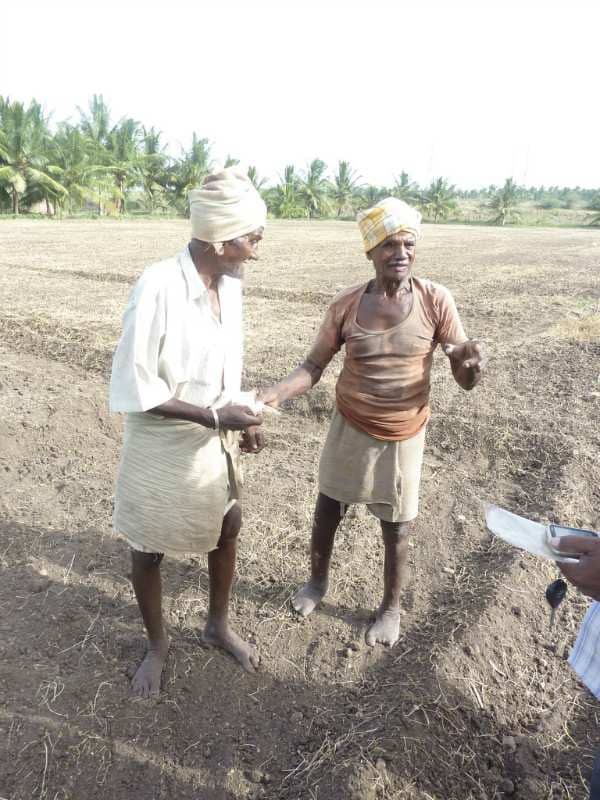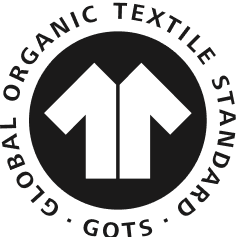- 18 January, 2024
By Santi Mallorquí, CEO of Organic Cotton Colours.
In this article, I chronologically recount the experiences lived to materialize the OCCGuarantee project of Organic Cotton Colours. In the first article, I narrated how I navigated the obstacles that emerged after taking charge of the company, the main one being a need to find where to obtain our organic cotton.
At the end of 2011, I returned from visiting Sally Fox in California, our connection to Fox Fibre Colorganic brand. At that moment, I knew we would have to create our own project to obtain colorgrown organic cotton, as well as our own brand.
The first international fair I attended was Biofach in Nuremberg in February 2012. Despite not being a specific textile product fair, we received a very positive reaction, proving the interest in and potential of our products.
Among the visitors, an Indian entrepreneur became interested in what we were doing. To such an extent that he asked to come back to Spain with us! The next day, we began to plan our trip to southern India, where he had businesses and contacts to help us establish ourselves there.
In June 2012, Ángel Sánchez, the company’s founder, and I traveled for the first time to the vast Asian cotton country with a excitement and countless uncertainties to resolve. There, a man we didn’t know, who didn’t speak English, awaited us to lead us on a route to Tirupur. We made a stop in organic cotton fields to witness the planting process, and we saw a man with a shovel tilling the trenches, noticing he was missing several toes. Good Lord, I thought.
It was a vast area prepared for intensive organic cotton cultivation. We were invited to dinner at our host’s house, who told us about the possibilities the region offers in terms of manufacturing and finishes. That same afternoon, he showed us the colorgrown organic cotton. In his house, he had several bales of brown color and some fully grown plants in the garden that were in the experimental phase, after 13 years of studies with government agencies and different universities. It seemed like we were in the right place with the person who could assist us in our common goal.
In the following days, we were taken to visit various mega dyeing and manufacturing factories, including one that collected plastic bottles from the streets to make recycled polyester thread. It was quite an experience to see the containers washed, shredded, and melted. This unsustainable process only manages to utilize 30% of the material needed to produce a new synthetic thread with optimal physical properties for weaving. But controversially, today, it is the synthetic fiber with the most projection in the “sustainable” fashion world.
We knew that his company was working for important international clients and, in particular, a well-known brand of shopping centers in Switzerland that used articles made with GOTS and FairTrade certified organic cotton. Therefore, we had confidence that, in principle, we were in good hands.
Finally, we entered into negotiations for the service conditions he wanted to provide, but we were never clear about the kind of relationship he had with the farmers or landowners. Although initially, there was talk of quantities of cotton and the price he offered, unexpectedly, on the penultimate day in the city of Tirupur, they offered to take 30% of the profits from our company in exchange for obtaining all the cotton we needed without paying a single cent.
The next day, after thinking it over quite a bit, we accepted their conditions, considering the gesture of trust they showed toward our project, but there were many things we didn’t fully understand.
Back home, I still had a feeling of discomfort. The reality was that the following month, we lost all communication for supposed health reasons, and from that moment, everything turned dark gray.
Our experience in India made me deeply consider the values of the OCCGuarantee project. Although I had limited experience in the cotton world, I knew It would be vital to have direct contact with the landowner, no intermediaries or connected companies.
This was our only experience in India, and today I know of other projects that contribute real value to the local economy, such as “Chetna Organic,” which involves different brands, including Skunkfunk, to promote organic cultivation through family farmers.
In the Textile Exchange 2016 Organic Cotton Market Report, India represented 66.90% of the entire global production of organic cotton, although its share had been declining for a couple of years due to the entry of new producing countries. This was because many farmers in these countries were considering organic cultivation, where they could generate more income. As far as we know, there is still no production of colored cotton in India today. So, it could never have been our future choice, given our firm commitment to continue working only with natural colors from the cotton plant, foregoing the dyeing and finishing process.
Not many countries have these types of seeds, and farmers who cultivate them, knowing their limited or nonexistent demand, are also scarce. And there is the threat of lower productivity compared to other well tested, raw-colored seeds.
Were we able to find a solution to our needs? In the next article, I’ll tell you all the details in Chapter Three…











